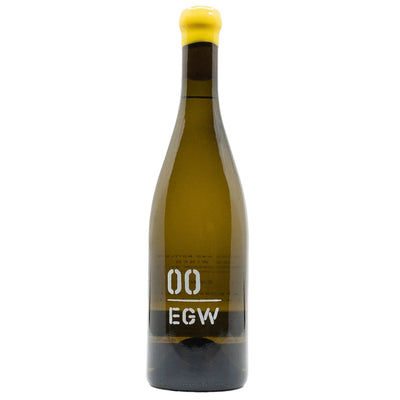David's visit to Poggio al Tesoro

On a recent trip to Italy, our Wine Buyer David Grant visited a dozen of our incredible producers. We'll be highlighting each over the next couple of months. Firstly we looked at Tassi, and this week we’re talking about Poggio al Tesoro. Over to David…
I collected a car from Florence and we set out down the west coast of Italy to the Bolgheri region, one of the most interesting areas in Tuscany. Wrong size of the road, signs in another language, no one paying any attention to the speed limits – ah, now we’re truly in Italy!
In 2001, Marilisa Allegrini and her brother Walter moved from their beloved Valpolicella to 70 hectares of Bolgherian vineyards between the Tyrrhenian Sea and the foothills of the Colline Metallifere. Poggio al Tesoro has been under Allegrini’s stewardship since, growing to one of the largest producers in the region, and bordering some of the SuperTuscans (such as Ornellia and Sassicaia).
We were shown around the industrial winery by the fun and expertly knowledgeable Eugenia Corradi, who looks after the Oceania export region (we saw her again a week later for a tour of San Polo, part of the Marilisa Allegrini group). We ended with a tasting, including the bottled-yesterday 2023 Solosole, a delicious Vermentino I’m campaigning to get over to us in Australia!

The vineyards of Poggio al Tesoro
Poggio al Tesoro’s vineyards are divided into four separate areas, and each one is characterised by significant microclimate differences.
Via Bolgherese
This vineyard located on the east side of the jaw-droppingly beautiful via Bolgherese is around seven hectares. The soil has a loose first layer with very cohesive clays rich in minerals deeper down which, combined with a fair percentage of fossils, makes it even more complex. Drainage is excellent here, which is perfect for their Cabernet Franc and Cabernet Sauvignon.
Chiesina San Giuseppe – Soprastrada
This seven-hectare plot is located next to the Via Bolgherese vineyard, with more ancient deposits, loose clay and sand rich in fossils and pebbles. Merlot was planted in a section with the highest level of clay in the superficial layer, while Cabernet Franc and Cabernet Sauvignon were planted in the soils with the richest deposits of fossils, as they adapt perfectly to poor and stony surface soils.
Le Sondraie
The largest plot of the estate, at 50 hectares. The variety of soils in the Le Sondraie vineyard makes it possible to highlight very different grape varietals, and there’s Cabernet Franc, Cabernet Sauvignon, Merlot, Vermentino, Petit Verdot, Syrah and Petit Manseng to be found.
Valle di Cerbaia
The Valle Cerbaia vineyard is located in the nearby municipality of Bibbona, right on the border with Bolgheri, which means any wines that result from these grapes are not able to be called “Bolgheri DOC”. As in the case of Sondraia Bianco (below), these wines are still excellent – making them “Poggio al Tesoro” quality at a lower price.

The wines of Poggio al Tesoro
Sondraia Costa Toscana Bianco IGT
Sondraia Bianco is an intense, enveloping viognier. Fermentation is conducted in a combination of French oak barrels (35%), terracotta amphorae (25%) and steel vats (40%) before being blended in steel and aged in bottle. It’s a 100% Viognier that’s fresh, vertical and structured. I can’t stop thinking about it every time I’m thinking about anything to do with fresh fish, asparagus, lamb or goat's cheese.
Golden yellow, expect delicate floral aromas, but plenty of texture on the palate, with supporting acidity and an elegant, persistent finish.
Dedicato a Walter Bolgheri Superiore DOC
This is a rare 100% Cabernet Franc from Bolgheri, and indeed Italy – you really don’t see much Cab Franc that’s not in a blend. This wine is a jewel in Poggio al Tesoro’s crown, dedicated by Marilisa Allegrini to her beloved brother, who unexpectedly passed away only a few years into their joint venture as winemakers.
We have the 2017 in store, but we tried the 2019 in Italy (with a slightly refreshed label). It’s all black berries, pepper and eucalyptus – an incredible balance of structure with lightness. It’s powerful (it’s a Cab Franc, after all!) but would be stunning with any rich and succulent meat dishes – stews, braises, even mature cheese. Open an hour before drinking to help it out. I can’t wait for the weather to cool to let this guy shine at my next dinner party.

Stay tuned for the next instalment of this series, with notes from David’s visit to San Polo.







Leave a comment